Imagine diving into a treasure chest filled with the rich, captivating history of the Cavalier King Charles Spaniel breed. You’re about to embark on a journey that will take you through royal courts, historical events, and the evolution of this charming breed.
You’ll discover how these dogs, small in size yet mighty in character, stole the hearts of kings and commoners alike and how their lineage has persevered through centuries.
You’re not just understanding a breed’s history but also serving a community of passionate Cavalier King Charles Spaniel lovers by enriching your knowledge.
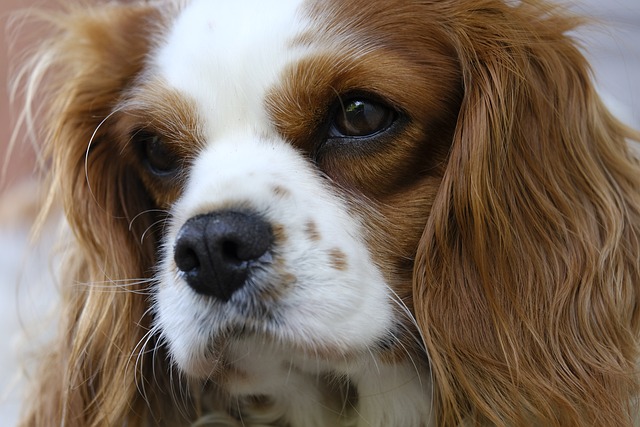
Get ready. You’re about to unveil the intriguing past of these regal canines.
Key Takeaways
- The Cavalier King Charles Spaniel breed can be traced back to 17th-century British royalty and was admired for its Spaniel traits.
- The breed was named after King Charles II, who was fond of them, and they were popular among the aristocracy.
- King Charles II’s love for toy spaniels shaped the breed, and he enacted Spaniel Legislation allowing dogs to accompany owners anywhere.
- The breed’s popularity increased in the 19th century despite the development of genetic disorders, and it was officially recognized by the American Kennel Club in 1995.
Cavalier King Charles Spaniel: Breed Origins
You’d find it fascinating that the origins of the Cavalier King Charles Spaniel breed trace back to the 17th century British royalty.
These endearing pups were a favorite among the aristocracy, contributing to their breed’s popularity. They were admired for their Spaniel traits – loyalty, friendly demeanor, and agility.
As you explore the history of this breed, you will find out that they were named ‘Cavalier’ in honor of King Charles II, who had a special fondness for these Spaniels. The royal support for this breed played a vital role in their popularity, and they have maintained their noble status over the centuries.
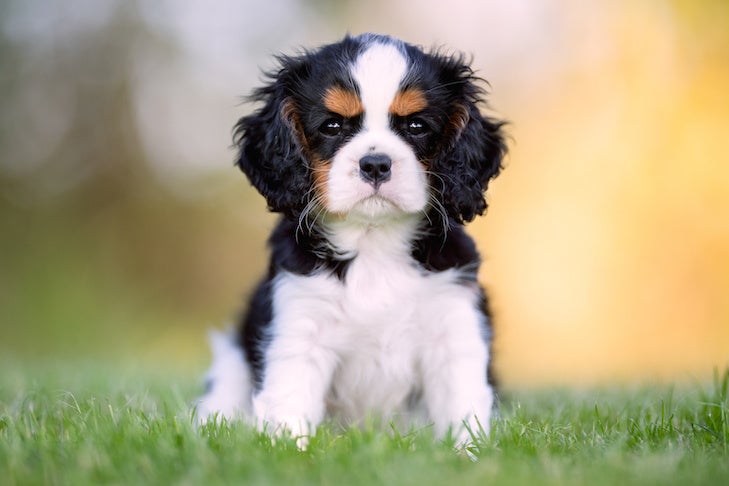
Their exceptional sense of smell and hunting abilities made them more than just pets; they served as outstanding hunting dogs and reliable companions.
Toy Spaniels’ Role in the Stuarts Dynasty
During the Stuart dynasty, toy spaniels played a significant role, and it’s fascinating to discover their profound impact on this era. These canines held a special position as Royal Companions, providing unparalleled comfort and companionship to the royals.
You can find in historical records that these spaniels were intimate companions to the royals and were highly valued for their endearing nature. They were often depicted in family portraits, indicating their high status.
Moreover, their influence went beyond companionship. The Stuarts’ fondness for toy spaniels affected breed standards and development, shaping the Cavalier King Charles Spaniel we know today. In serving others, understanding this history can enhance your ability to appreciate and care for this unique breed.
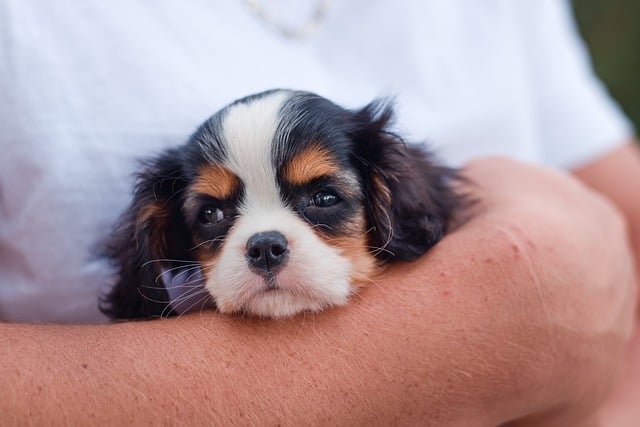
Influence of King Charles II on the Breed
King Charles II’s profound love for toy spaniels significantly impacted the breed’s development and standards, shaping the Cavalier King Charles Spaniel you admire today. His Royal Affection was so strong that he enacted Spaniel Legislation, allowing the dogs to accompany their owners anywhere, even in the Houses of Parliament.
This law, unique for its time, not only illustrates the King’s devotion but also set a precedent for the breed’s social status. His insistence on the breed’s companionship resulted in selecting traits that fostered an affectionate, friendly temperament. Consequently, these dogs became symbols of loyalty and companionship.
King Charles II’s influence thus extends beyond mere aesthetics; it’s deeply woven into the breed’s disposition and societal role, making the Cavalier King Charles Spaniels an ideal service dog.
The Restoration Period: A Turning Point
As you research the history of the Cavalier King Charles Spaniel, you will discover that the Restoration period played a crucial role in the breed’s evolution. Starting in 1660, this era saw a significant shift in the breed’s purpose and status due to the popularity of Restoration fashion and Royal companionship.
The breed became a symbol of loyalty and companionship, often depicted in paintings with their royal owners. Due to Restoration fashion, the breed’s physical attributes, such as their long, silky coats, were highlighted and cherished.
They were often included in royal processions, marking the breed’s high status. The breed’s temperament, known for its gentleness and affection, was further cultivated during this time, aligning with the ideal of Royal companionship.
This pivotal period greatly shaped the breed’s characteristics, status, and popularity.
19th Century Breed Evolution
As we move on, it becomes apparent that the Cavalier King Charles Spaniel’s popularity and features kept evolving and growing during the 19th century. This era saw a considerable rise in the breed’s popularity, mainly due to the Spaniel’s charming personality and striking appearance.
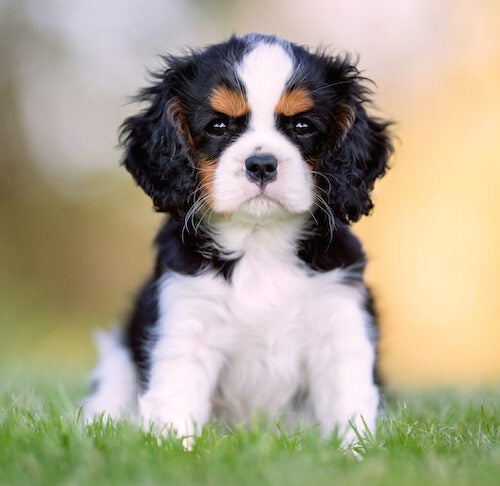
However, with this rise in popularity came increased Spaniel health concerns. Unfortunately, selective breeding practices aimed at accentuating their unique characteristics led to the accidental propagation of certain genetic disorders. Mitral valve disease, for instance, became alarmingly common.
As a dedicated caretaker, you must be aware of these health issues. Despite these challenges, the breed’s popularity has remained steadfast, with a surge in the late 20th century. This resilience underscores the enduring appeal of these charming canines.
American Kennel Club’s Recognition of the Breed
In your exploration of the Cavalier King Charles Spaniel’s history, it’s important to note the breed’s recognition by the American Kennel Club (AKC). This recognition was crucial in breed standardization, defining the breed’s specific traits and qualities.
Here are key points about the Cavalier’s AKC recognition:
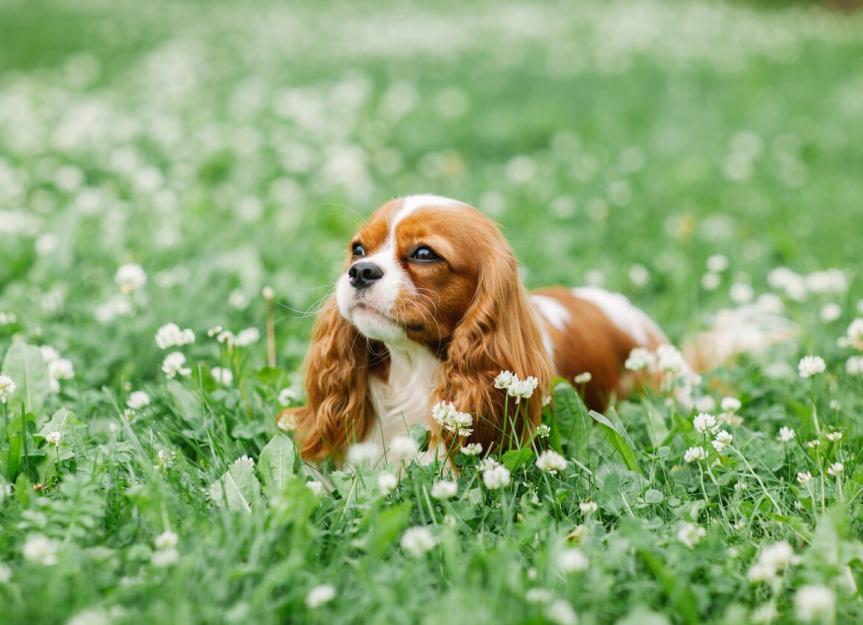
- The breed was officially recognized by the AKC in 1995.
- Breed standardization by AKC involved defining specific physical and temperamental traits.
- The breed’s show ring success grew significantly post-AKC recognition.
- AKC recognition has contributed to the Cavalier’s popularity in the United States.
Despite its late recognition, the Cavalier has made a notable impact in the AKC, demonstrating its show ring success and winning hearts with its charm. Its standardization and AKC recognition have helped preserve the breed’s unique qualities.
Frequently Asked Questions
What Is the Typical Lifespan of a Cavalier King Charles Spaniel?
Cavaliers typically live for 9-14 years, but their lifespan varies depending on factors such as exercise needs and breed origins.
What Are the Common Health Issues Associated With This Breed?
Cavalier King Charles Spaniels may have genetic predispositions to heart issues and syringomyelia. Regular vet check-ups and exercise are important, as obesity can worsen these conditions.
What Is the Temperament of the Cavalier King Charles Spaniel?”
Cavalier King Charles Spaniels are known for their sweet and gentle temperament. They display their spaniel intelligence when training, are eager to please, and respond well to positive training techniques. They are truly a delight to have around.
How Do Cavalier King Charles Spaniels Interact With Children and Other Pets?”
Cavalier King Charles Spaniels are great with kids and pets. Their interaction training makes them adaptable, friendly, and gentle, making them perfect additions to any family.
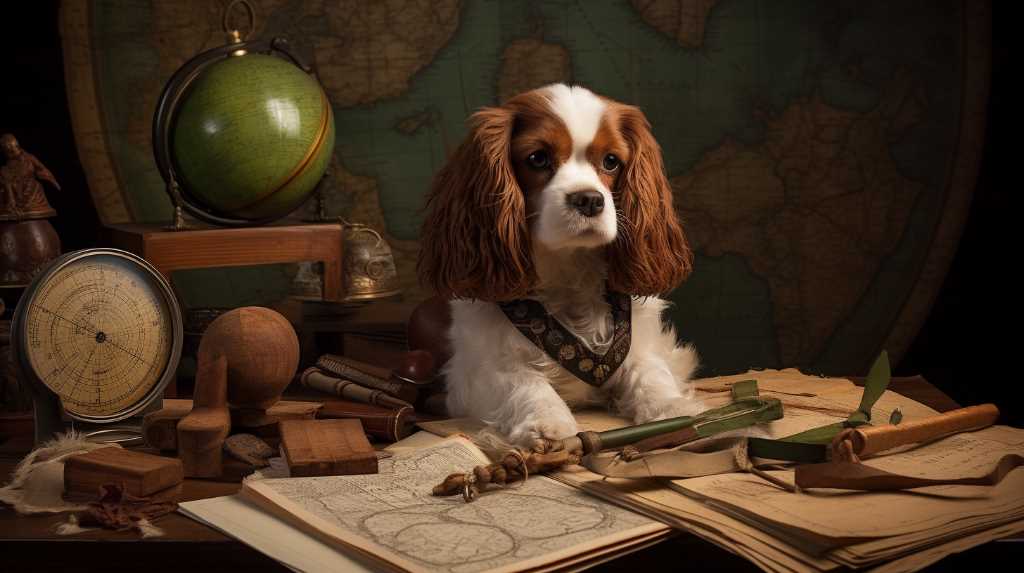
Leave a Reply